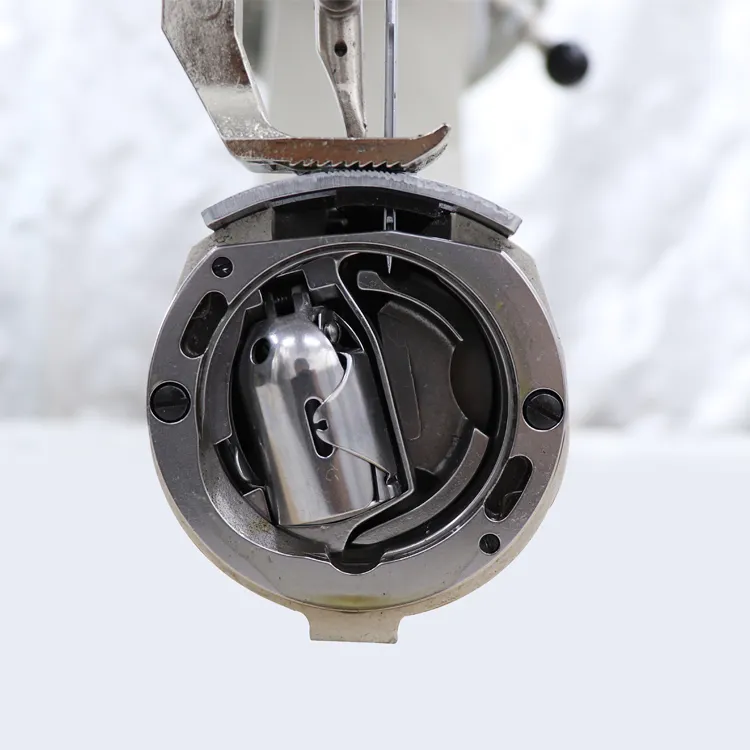automatic cutting and sewing machine
The Rise of Automatic Cutting and Sewing Machines
The textile and garment industry has witnessed significant transformations over the years, thanks to advancements in technology. One of the most groundbreaking innovations in this domain has been automatic cutting and sewing machines. These machines not only enhance productivity but also ensure greater precision, reduced labor costs, and increased efficiency in the manufacturing process.
Automatic cutting machines have revolutionized the way fabrics are handled in the production line. Traditional cutting methods, which often relied on manual labor, were time-consuming and prone to human errors. With automatic cutting machines, however, manufacturers can achieve high-speed cutting with remarkable accuracy. Equipped with advanced software and laser technology, these machines can analyze patterns and layouts, ensuring optimal fabric utilization and minimizing waste. The ability to cut multiple layers of fabric simultaneously further boosts production capacity, allowing companies to meet the growing demands of the market without compromising on quality.
In tandem with automatic cutting machines, the advent of automatic sewing machines has dramatically streamlined the sewing process. These machines can replicate intricate stitching patterns and styles with impeccable precision, reducing the need for skilled labor. This shift is particularly beneficial for industries facing a shortage of skilled workers. Automated sewing systems can operate continuously, producing garments at a pace that far exceeds human capabilities. This not only accelerates the manufacturing process but also allows for quicker turnaround times in fulfilling orders.
Moreover, the integration of computer-aided design (CAD) technology into automatic cutting and sewing machines has opened new avenues for creativity in garment design. Designers can create and modify digital patterns, making adjustments in real-time without the need for physical samples. This flexibility allows for rapid prototyping and reduces the lead time associated with product development. As a result, brands can swiftly adapt to changing fashion trends and consumer preferences, staying ahead in a highly competitive market.
automatic cutting and sewing machine

Beyond productivity and design flexibility, the implementation of automatic cutting and sewing machines also contributes to sustainability efforts within the industry. Efficient cutting processes significantly reduce fabric waste, while precise sewing minimizes the likelihood of defective products that may otherwise be discarded. Additionally, many modern automatic machines are designed to operate with energy efficiency in mind, further reducing the environmental footprint of garment manufacturing.
The cost implications of integrating automatic cutting and sewing machines into production lines can seem daunting at first. However, businesses that embrace this technology often find a rapid return on investment (ROI) in the long run. By minimizing fabric waste, reducing labor costs, and increasing output, manufacturers can significantly enhance their profit margins. Moreover, the ability to scale operations quickly in response to market demands enables businesses to thrive in an industry characterized by its volatility.
Despite these benefits, the transition to automatic systems does come with challenges. Companies must invest in training for their workforce to ensure that employees are proficient in operating advanced machinery. Additionally, there may be initial resistance to change from workers accustomed to traditional methods. However, with proper training programs and a clear understanding of the advantages automation brings, businesses can smooth the transition and foster a culture of innovation.
As we look to the future, the importance of automatic cutting and sewing machines in the textile industry is likely to grow even further. With the rise of e-commerce and fast fashion, manufacturers will need to be agile and responsive to maintain their competitive edge. The ongoing development of intelligent systems, capable of machine learning and predictive analytics, promises to refine the effectiveness of automatic cutting and sewing machines, elevating production capabilities to unprecedented levels.
In conclusion, automatic cutting and sewing machines represent a pivotal shift in the textile and garment industry. Their ability to enhance productivity, reduce costs, promote sustainability, and foster design innovation makes them indispensable tools for modern manufacturers. As the industry continues to evolve, those who embrace automation will undoubtedly lead the way, setting new standards for efficiency and creativity in garment production.
-
Industrial Cylinder Arm Sewing Machine: Revolutionizing Heavy-Duty SewingNewsJul.28,2025
-
Cylinder Arm Sewing Machine: Perfect for Special Sewing ApplicationsNewsJul.28,2025
-
Cylinder Bed Sewing Machine: Essential for Sewing Complex MaterialsNewsJul.28,2025
-
Heavy Duty Sewing Machine: The Essential Tool for Industrial ApplicationsNewsJul.28,2025
-
Computerized Pattern Sewing Machine: Revolutionizing Precision StitchingNewsJul.28,2025
-
Heavy Duty Industrial Sewing Machine: Power Meets PrecisionNewsJul.28,2025
-
Leather Sewing Machine: The Industrial Standard for Tough MaterialsNewsJul.18,2025





























